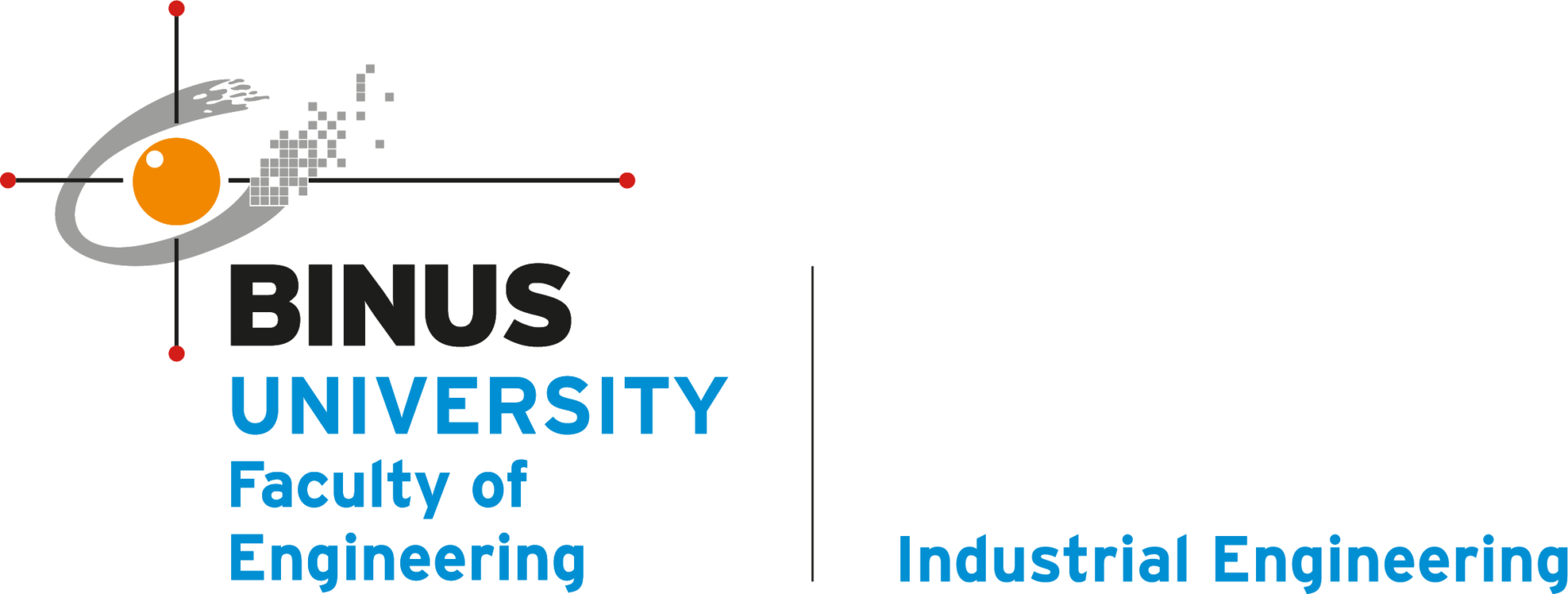Implementing IoT Based Learning in The Agriculture Sector in Indonesia
(Source: Market Research Report)
Implementing IoT Based Learning in The Agriculture Sector in Indonesia
By Adinda Ardita
The agricultural sector plays a crucial role in Indonesia’s economy, contributing significantly to employment and GDP. However, challenges such as inefficient farming techniques, climate change, and limited access to modern technology hinder productivity. The Internet of Things (IoT) presents an innovative solution to these challenges by enabling smart farming through real-time data collection and analysis. Implementing IoT-based learning in agriculture can enhance farmers’ knowledge, improve efficiency, and increase yields.
Implementing IoT-Based Learning in Agriculture
IoT in agriculture involves using connected devices such as sensors, drones, and automated systems to monitor and manage farming operations. Key applications include precision farming, where sensors collect data on soil moisture, temperature, and nutrient levels, enabling farmers to make informed decisions about irrigation and fertilization. Automated irrigation systems adjust water supply based on real-time weather conditions and soil moisture levels, reducing water wastage. IoT-enabled cameras and sensors detect pest infestations early, allowing timely intervention. Wearable IoT devices track the health and movement of livestock, ensuring timely medical attention.
To ensure widespread adoption of IoT in Indonesian agriculture, education and training are essential. IoT-based learning can be implemented through digital literacy programs that train farmers to use mobile applications and IoT devices for farm management. Government and private sector collaboration is also crucial in establishing partnerships between the government, universities, and tech companies to provide IoT training programs. Smart farming demonstration centers can be set up in rural areas where farmers can experience and practice using technology. Additionally, online platforms and mobile applications can be developed to offer tutorials, webinars, and IoT-based farming best practices.
Challenges
Despite the potential benefits, several challenges exist in implementing IoT-based learning in Indonesian agriculture. High initial costs are a significant barrier since IoT devices and infrastructure require significant investment. This challenge can be addressed through government subsidies and financial support for farmers. Limited internet connectivity in rural areas is another issue, which can be solved by expanding rural broadband networks and using low-power IoT technologies. Traditional farmers may also be hesitant to adopt new technologies, requiring awareness campaigns highlighting the benefits of IoT.
Conclusion
IoT-based learning has the potential to revolutionize Indonesian agriculture by increasing efficiency, productivity, and sustainability. Through collaboration between government agencies, private sectors, and educational institutions, farmers can gain the necessary skills to adopt smart farming techniques. Investing in IoT education and infrastructure will drive the transformation towards a more technologically advanced and competitive agricultural sector.
References:
- FAO. (2021). “Smart Agriculture: Digital Technologies for Sustainable Farming.” Food and Agriculture Organization. Retrieved from www.fao.org
- Indonesian Ministry of Agriculture. (2022). “The Future of Farming: Implementing IoT in Agriculture.”
- World Bank. (2020). “Digital Agriculture in Emerging Economies.” World Bank Publications.
- Kumar, R., & Sharma, M. (2021). “IoT and Precision Agriculture: Applications and Challenges.” Journal of Smart Farming, 12(3), 45-60.
- Mikaelson, M. (2023). “Agriculture Technology as a Service Market 2023 | Industry Size and Forecast 2028”. Retrieved from https://marketresearchreport685724006.wordpress.com/2023/07/14/agriculture-technology-as-a-service-market-2023-industry-size-and-forecast-2028/



Comments :